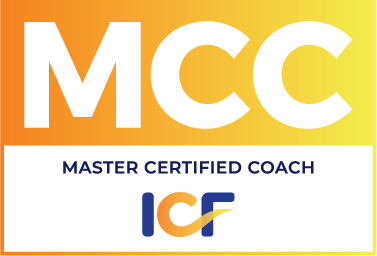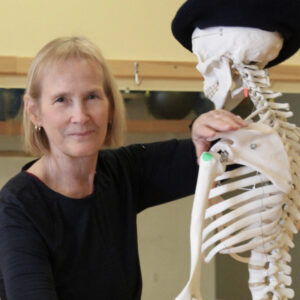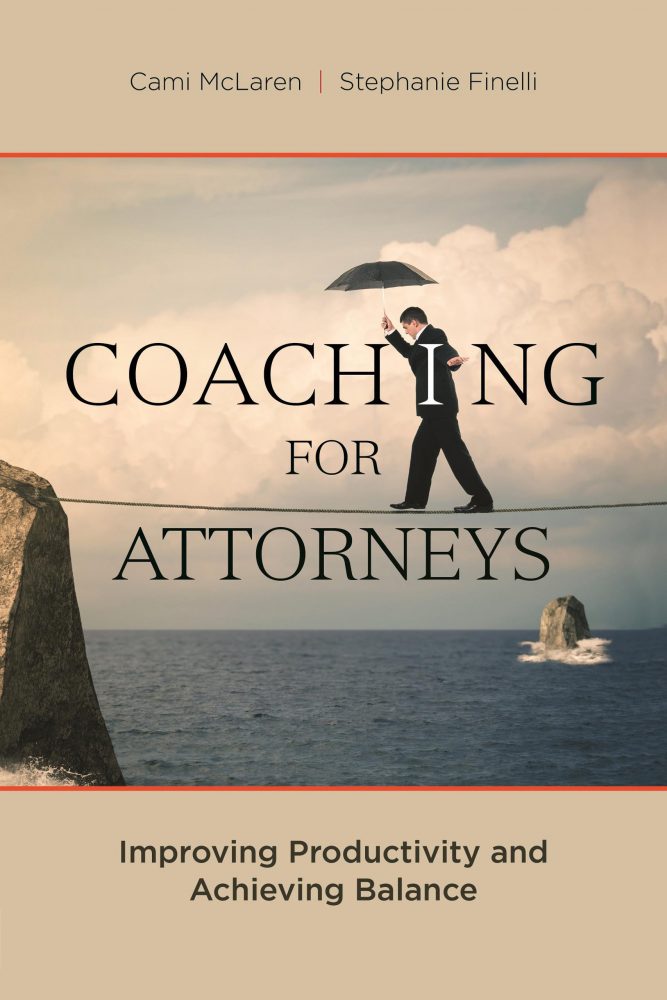Dealing with Communication Breakdowns
Part III: The Process
“The best way out is always through.” ~ Robert Frost
Summary of the process:
1. Manage your emotions.
2. Know yourself.
3. Problem solve.
Managing Emotion: The first step when you want to clear up a breakdown is to be sure you are in a “resourceful state.” The question to
ask is, “What state will support the conversation I want to have?” Many people don’t have conversations unless or until they are angry. If you ask yourself these questions, you may see that anger is not the best state in which to have a conversation designed to resolve breakdown. So, step one, get yourself in a state that facilitates the conversation before you have the conversation. Be responsible with your emotions.
Step two is know thyself. Are you the kind of person who is likely to withdraw when presented with a difficult conversation? Or are you more likely to attack? There tends to be a spectrum between avoidance and aggression. Which one is your typical style?
1. Avoiding/ Withdrawing – This conflict style involves leaving the conflict situation, often with the implication that one has capitulated to one’s opponent.
2. Smoothing – This style is defined by “covering up” pretending that everything is satisfactory when, in fact, there are real and serious conflicts.
3. Forcing – If smoothing is the most passive strategy for dealing with conflict, forcing is the most aggressive approach. Forcing means engaging in full-fledged battle that is expected to result in a winner and a loser.
4. Arguing/Fighting – Some people, faced with conflict allow their emotions to take over and try to win at all costs. Different from “forcing,” this behavior tends to be emotion-based and is not about getting one’s way but about winning.
5. Bargaining/Compromising – Often labeled “splitting the difference” or simply compromising; bargaining typically involves negotiation aimed at reaching some sort of a compromise. Each party gives up something, but each also makes certain gains.
None of these styles is particularly useful. Knowing your “default” style though will allow you to decide not to act in your habitual manner, but to engage in what we will call “problem-solving.”
Although it is more difficult than any of the other strategies, requiring more skill as well as time and commitment, problem-solving is the only approach to conflict that has been shown in research studies to have consistent, positive benefits.
Homework: For the next few weeks, observe yourself. First, notice your emotions. Become familiar with them and which emotions are resourceful and which are not. Second, if you do not know already, observe your response to conflict types of situations. Become familiar with yourself and your unconscious ways of reacting to conflict in relationships.
Our next blog post will outline the “problem-solving” process.
______________
These, among many more tools for leadership and life are taught in our Transformative Coaching Essentials program. The next class starts on January 25, 2020 and there are two spots left! Check out our program here: www.mclarencoaching.com/coach-training
“We are learning tools that are not just relevant for us and our future coaching businesses, but also for our functionality within our existing jobs and opportunities to manage people. The approaches that we believe in are being adopted by business culture more broadly (a dream come true for me!). What an exciting time to be ahead of the curve!” –Lauren Bernadett, Sacramento attorney







